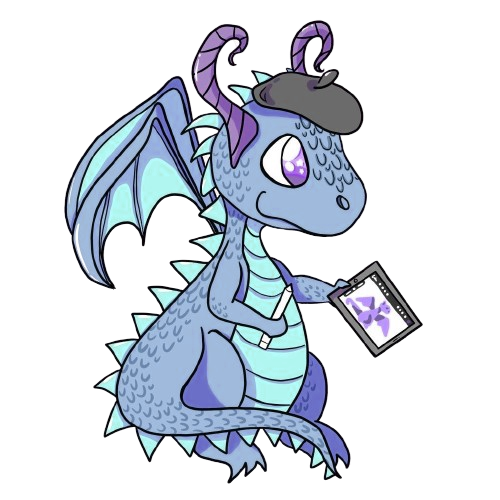### Introduction
Pinback buttons, also known as pin badges, button badges, or simply pins, are small, often round, items that feature a pin for attaching to clothing, bags, or other fabric surfaces. These buttons have been used for over a century to convey messages, promote events, show support for causes, or simply serve as a fashion accessory.
### History of Pinback Buttons
The history of pinback buttons dates back to the late 19th century. The first patent for a pinback button was issued in the United States to Benjamin S. Whitehead in 1896. These early buttons typically featured celluloid, a form of plastic, which allowed for the creation of durable and vibrant designs. Pinback buttons gained popularity in the early 20th century, often used for political campaigns, advertising, and commemorative purposes.

### Uses of Pinback Buttons
1. **Political Campaigns**: Pinback buttons have a long history of use in political campaigns, serving as tools for candidates to promote their messages and connect with voters. Famous examples include campaign buttons for U.S. presidential elections.
2. **Advertising and Branding**: Businesses and organizations use pinback buttons to advertise products, services, and events. They are an effective and low-cost promotional tool that can be easily distributed.
3. **Social and Political Movements**: Activists and social movements utilize pinback buttons to raise awareness and show solidarity. Buttons with slogans or symbols can quickly communicate a message and foster a sense of community.
4. **Commemorative and Souvenir Items**: Events, concerts, and festivals often produce pinback buttons as memorabilia. These items serve as keepsakes for attendees to remember their experiences.
5. **Fashion Accessories**: In addition to their communicative purposes, pinback buttons are popular as fashion accessories. They can be used to personalize clothing, bags, and other accessories.
### How Pinback Buttons Are Made
The manufacturing process of pinback buttons involves several steps:
1. **Design Creation**: The first step is designing the artwork or message to be displayed on the button. This can be done using graphic design software or by hand.
2. **Printing**: The design is printed onto paper or another printable material. High-quality printing ensures that the colors and details are vibrant and clear.
3. **Cutting**: The printed design is cut into the shape and size of the button. This is usually done using a circle cutter for standard round buttons.
4. **Assembly**: The cut design is placed on top of a metal button shell, covered with a clear plastic film (mylar) for protection, and then pressed together using a button-making machine. The back of the button typically includes a pin for attachment.
### Collecting Pinback Buttons
Pinback button collecting is a popular hobby, with enthusiasts known as “button collectors” or “pinback collectors.” Collectors often seek buttons from specific events, eras, or themes. Rare and vintage buttons can be highly valuable and are often traded or sold among collectors.
### Conclusion
Pinback buttons are versatile items with a rich history and a wide range of uses. From political campaigns to fashion statements, these small but impactful items continue to be a powerful medium for expression and promotion. Whether you’re a collector, a designer, or simply someone who enjoys accessorizing, pinback buttons offer a unique and personal way to communicate your message to the world.

